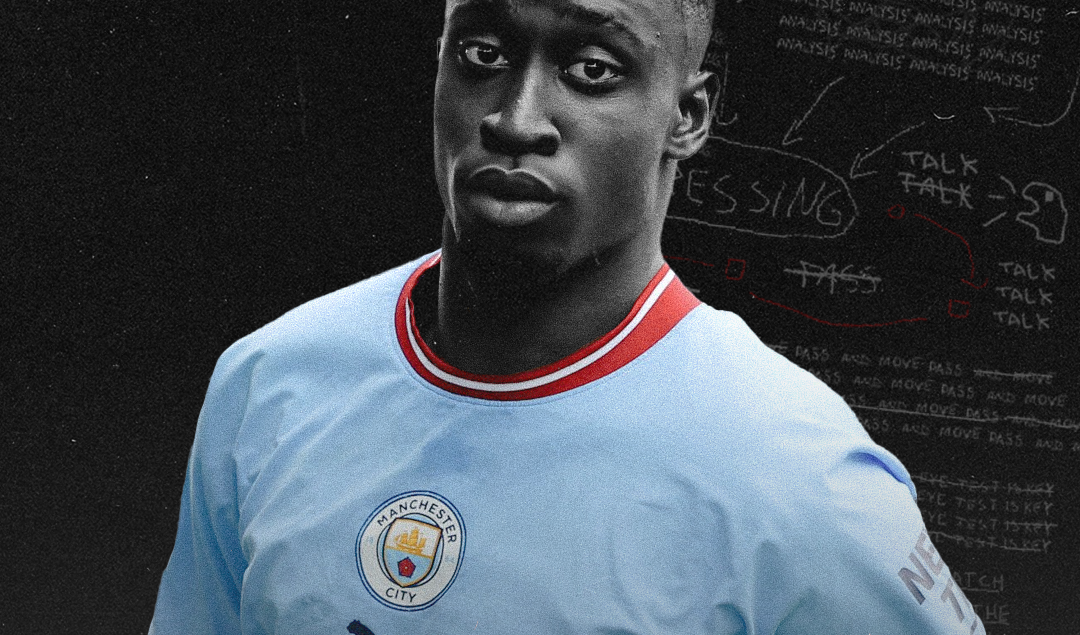The Evolution of Football’s Fan Culture in the Digital Age
Technology’s growth has significantly changed how football fans engage with their favourite sports, providing unprecedented opportunities for interaction. Fans now have various platforms to voice their opinions about their team’s performance. At the same time, the increase in online football betting apps has opened up new avenues for purifying matched betting strategies. Yet, this technological influence on the football world begs the question: Is it ultimately a positive or negative development?
The Rise of Football Fandom
Football fan culture’s early beginnings were very simplistic compared to today’s ways of support. Being very limited in ways to watch, football was exclusive to people at the ground supporting their colours. Having no live broadcasting of the football meant fans had a higher demand to watch it, often meaning grounds were packed out of their capacity, making an unsafe atmosphere for fans.
With the rise of the radio, football’s popularity skyrocketed. Having a running commentary for fans was the start of technology within football, allowing fans to engage without attending as long as they had a radio. This change brought more fans to the sport than ever. The first game broadcasted on radio was in 1927, a fixture between Arsenal and Sheffield United. The advancements of radio marked the beginning of a new era.
Similar to radio, the rise of television had a drastic impact on football. Making football more accessible than ever brought clubs extra funding from broadcasting rights. Bringing an increase in revenue allowed top clubs in the UK to grow and challenge other top clubs around the world. Football broadcasting allows fans to watch their favourite teams from anywhere worldwide as long as they have a stable connection and a television. Before the introduction of technology like radios and televisions, fanbases were often strictly limited to the residents in the local areas. This is because local clubs were more accessible due to the location. Since the advancements in technology, fans have been able to choose any team in the world they wish to follow, increasing the globalisation of football franchises and fanbases.
The rise of the internet has made social media platforms easily accessible on our phones. Many clubs today have dedicated social media teams responsible for updating fans about events happening at the club and trying to reach the widest audience possible. This is to help the clubs grow in supporters, which can help boost revenue from sales of merch and kits.
The Modern Era
In the modern era, fans have countless ways of following their favourite teams. Football has never been more available than it is today with the advancement of technology. Football fans worldwide can tune in to their favourite teams, whether it be through social media or watching them on a live broadcast. Social media has been a crucial platform which is aiding in the advancement of football all around the world. With over 5 billion people worldwide using social media, football clubs need to keep their pages updated, however it may be. The internet allows fans from all over the world to communicate with each other through the introduction of supporter group chats or comments on their team’s posts. Social media allows fans to express their thoughts about the club.
While social media offers several benefits, it can pose significant challenges for players and fans. It often serves as a platform for fans to voice their opinions, but this can lead to players facing harassment and abuse following disappointing performances. The potential for anonymity on social media encourages individuals to spread hate more freely, which is a serious concern in football, with fans at times forgetting that players are, in fact, human beings too.
The advancements of technology in cameras have impacted the footballing world. Creating detailed visuals for the fans watching through televisions enhances fan enjoyment. The advancements in cameras also provide different and better angles for the fans. Providing fans cannot watch the match live, the digital age allows fans to rewatch full games or watch highlights of the games. Highlights are often posted to websites like YouTube, or fans can watch shows like Match Of The Day and TnT Goals Show.
The introduction of fan-engaging apps like fantasy football has changed fan culture. With increasing global participation, fans tune in weekly, creating their teams and bringing tactical insight to football fans. Fantasy managers dive deeper into statistics to reach the best score possible, creating a new layer to fan engagement like we have never seen before.
The dynamics of football fan culture have changed due to the digital era. Due to the accessibility of modern football, we do not see the same levels of passion as we previously saw. This can create a worsened atmosphere in the stadiums as there isn’t as big of a following spurring their team on, making the matchday atmosphere less passionate.
The Future of Fan Culture
Ultimately, who knows? The way technology is evolving, anything could be next. The latest technology trends we have seen are virtual reality and augmented reality. In the coming years, fans may experience new ways of engaging with football games through augmented reality, providing supporters with a real feel for the games as if they were in the crowds. We suspect that the digital era will continue to evolve in a way that enhances and grows fanbases.
